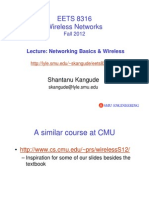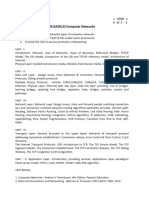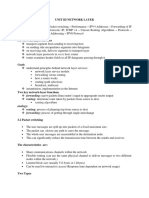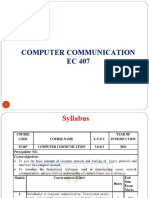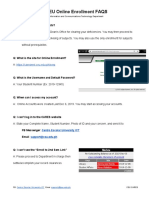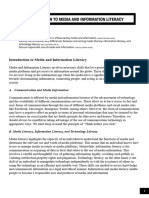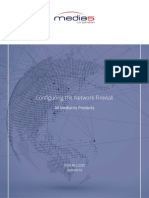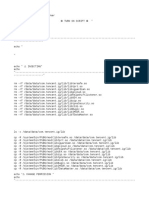0% found this document useful (0 votes)
7 views64 pagesUnit III Data Comm
Unit III covers various switching methods in communication networks, including circuit, message, packet, and hybrid switching, along with the characteristics and applications of each. It also discusses datagram networks, connection-oriented vs. connectionless services, and the Public Switched Telephone Network (PSTN) alongside Digital Subscriber Line technologies. The unit emphasizes the importance of understanding network topologies and their comparative studies.
Uploaded by
pkchouhan06Copyright
© © All Rights Reserved
We take content rights seriously. If you suspect this is your content, claim it here.
Available Formats
Download as PDF, TXT or read online on Scribd
0% found this document useful (0 votes)
7 views64 pagesUnit III Data Comm
Unit III covers various switching methods in communication networks, including circuit, message, packet, and hybrid switching, along with the characteristics and applications of each. It also discusses datagram networks, connection-oriented vs. connectionless services, and the Public Switched Telephone Network (PSTN) alongside Digital Subscriber Line technologies. The unit emphasizes the importance of understanding network topologies and their comparative studies.
Uploaded by
pkchouhan06Copyright
© © All Rights Reserved
We take content rights seriously. If you suspect this is your content, claim it here.
Available Formats
Download as PDF, TXT or read online on Scribd
/ 64


